Restricted hip mobility: clinical suggestions for self-mobilization and muscle re-education
- PMID: 24175151
- PMCID: PMC3811738
Restricted hip mobility: clinical suggestions for self-mobilization and muscle re-education
Abstract
Restricted hip mobility has shown strong correlation with various pathologies of the hip, lumbar spine and lower extremity. Restricted mobility can consequently have deleterious effects not only at the involved joint but throughout the entire kinetic chain. Promising findings are suggesting benefit with skilled joint mobilization intervention for clients with various hip pathologies. Supervised home program intervention, while lacking specifically for the hip joint, are demonstrating promising results in other regions of the body. Application of an accompanying home program for the purpose of complementing skilled, in clinic intervention is advisable for those clients that respond favorably to such methodology.
Level of evidence: 5.
Keywords: Hip joint; Home program; Mobilization.
Figures

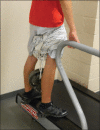


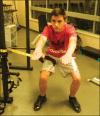



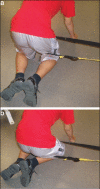

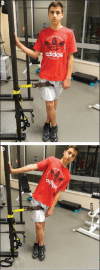
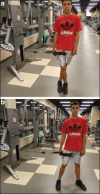
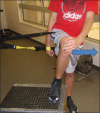
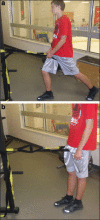
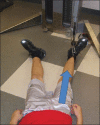
References
-
- Reiman MP, Weisbach PC, Glynn PE. The hips influence on low back pain: a distal link to a proximal problem. J Sport Rehabil. 2009;18(1):24–32 - PubMed
-
- Devin CJ, McCullough KA, Morris BJ, Yates AJ, Kang JD. Hip‐spine syndrome. J Am Acad Orthop Surg. 2012;20(7):434–442 - PubMed
-
- Burns SA, Mintken PE, Austin GP. Clinical decision making in a patient with secondary hip‐spine syndrome. Physiother Theory Pract. 2011;27(5):384–397 - PubMed
-
- Reiman MP, Bolgla LA, Lorenz D. Hip functions influence on knee dysfunction: a proximal link to a distal problem. J Sport Rehabil. 2009;18(1):33–46 - PubMed
LinkOut - more resources
Full Text Sources
Research Materials
